
WITH its pristine white petals grouped around a yolky heart, chamomile adds cheer to our verges, cliffs and meadows in summer and releases a fruity fragrance when trodden underfoot. It's this sweet scent that explains its name, taken from the Greek word chamaimēlon, meaning earth apple.
Beneath the dainty bonnet is a rather unkempt plant: a scrawny member of the daisy family with ragged leaves that goes from tiny tot to teenager in the blink of an eye, blossoming after only 10 weeks. Yet, with blooms that last all summer, chamomile (Chamaemelum nobile) brings a little sunshine to terrace containers or formal borders and also mixes in well with wildflowers in uncultivated areas of the garden. The German variety is taller and more aromatic than the English (often called Roman) type, but both are said to be a boon to gardeners, not least because pests are indifferent to them. The longstanding belief that planting chamomile beside ailing crops helps to revive them has earned it the epithet 'the plant's physician'.
This modest little flower can cure humans, too, and boasts a rich medicinal history. It's thought that, as early as 1500BC, the Egyptians were making a balm from its petals to treat dry skin. The Greeks, for their part, found it a helpful diuretic and digestive aid. The flowers and the roots were made into a tonic to combat fever, inflammation and ulcers and a chamomile salve was applied to soothe burns and cuts.
هذه القصة مأخوذة من طبعة May 15, 2024 من Country Life UK.
ابدأ النسخة التجريبية المجانية من Magzter GOLD لمدة 7 أيام للوصول إلى آلاف القصص المتميزة المنسقة وأكثر من 9,000 مجلة وصحيفة.
بالفعل مشترك ? تسجيل الدخول
هذه القصة مأخوذة من طبعة May 15, 2024 من Country Life UK.
ابدأ النسخة التجريبية المجانية من Magzter GOLD لمدة 7 أيام للوصول إلى آلاف القصص المتميزة المنسقة وأكثر من 9,000 مجلة وصحيفة.
بالفعل مشترك? تسجيل الدخول
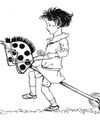
Give it some stick
Galloping through the imagination, competitive hobby-horsing is a gymnastic sport on the rise in Britain, discovers Sybilla Hart
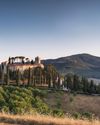
Paper escapes
Steven King selects his best travel books of 2024
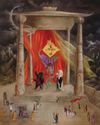
For love, not money
This year may have marked the end of brag-art’, bought merely to show off one’s wealth. It’s time for a return to looking for connoisseurship, beauty and taste

Mary I: more bruised than bloody
Cast as a sanguinary tyrant, our first Queen Regnant may not deserve her brutal reputation, believes Geoffrey Munn
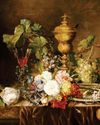
A love supreme
Art brought together 19th-century Norwich couple Joseph and Emily Stannard, who shared a passion for painting, but their destiny would be dramatically different
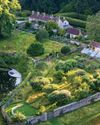
Private views
One of the best ways-often the only way-to visit the finest privately owned gardens in the country is by joining an exclusive tour. Non Morris does exactly that
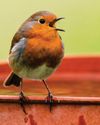
Shhhhhh...
THERE is great delight to be had poring over the front pages of COUNTRY LIFE each week, dreaming of what life would be like in a Scottish castle (so reasonably priced, but do bear in mind the midges) or a townhouse in London’s Eaton Square (worth a king’s ransom, but, oh dear, the traffic) or perhaps that cottage in the Cotswolds (if you don’t mind standing next to Hollywood A-listers in the queue at Daylesford). The estate agent’s particulars will give you details of acreage, proximity to schools and railway stations, but never—no, never—an indication of noise levels.

Mission impossible
Rubble and ruin were all that remained of the early-19th-century Villa Frere and its gardens, planted by the English diplomat John Hookham Frere, until a group of dedicated volunteers came to its rescue. Josephine Tyndale-Biscoe tells the story
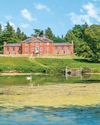
When a perfect storm hits
Weather, wars, elections and financial uncertainty all conspired against high-end house sales this year, but there were still some spectacular deals

Give the dog a bone
Man's best friend still needs to eat like its Lupus forebears, believes Jonathan Self, when it's not guarding food, greeting us or destroying our upholstery, of course